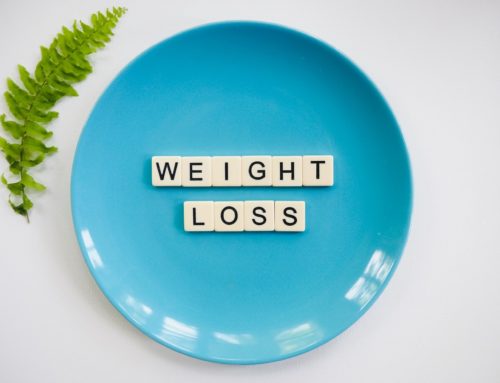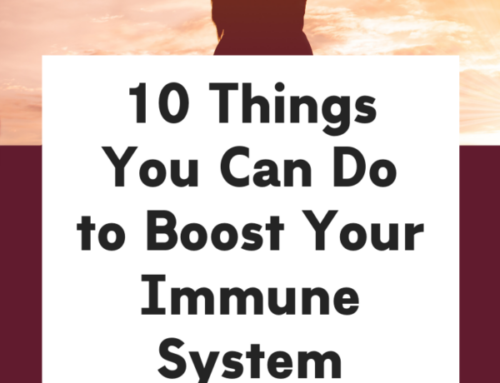The Men’s Health January/February 2009 issue has an excellent article, What The Food Industry Doesn’t Want You to Know. I encourage you to pick up a copy of the magazine, but for those who can not, here’s the highlights.
1. Reduced fat crackers will claim “33% Less Fat Than Original”. What does it mean? Instead of 3 grams of fat per serving there are 2, that’s your 33%. But, the “reduced fat” version has an additional 3 grams of carbohydrates which in this case are refined flour and sugar making it more likely a less healthy option!
2. Green teas are promoted as health drinks due to the antioxidant catechin in the tea. But beware, the levels ranged from 9 milligrams to 215 milligrams!
3. Food can legally contain maggots, fly eggs, mites, insect fragments, and rodent hairs.
4. Cereals claiming to be “Diabetes Friendly” really aren’t. Be they made from corn or wheat, they are still refined and processed carbohydrates that raise blood glucose levels almost as fast as sugar.
5. Some “heart healthy” hot cereals (such as Oatmeal) have more sugar than a bowl of Fruit Loops! The box proudly displays the American Heart Association logo and states it meets the “food criteria for saturated fat and cholesterol” – so does Fruit Loops, they just don’t use the logo. Why?
6. Companies pay the American Heart Association to get their food certified. With a cereal targeted for kids it doesn’t pay for the food company to use the logo, for one targeted at adults it does!
7. Supermarkets like long checkout lines. The longer you are in line the more tempted you are to buy the unhealthy candy and sodas near you in line.
8. Food additives may make kids misbehave. Artificial food colorings and preservatives are linked to hyperactivity in children. Ever notice all the fancy colors in kids food? As if the candy alone isn’t enough!
9. The leanest meats may have higher sodium levels. When the fat is removed, the meat is less juicy, and may appear dried out. To prevent this some manufacturers inject meat products with a solution that contains water, salt, and other nutrients to give flavor.
10. The claim “good source” only means it contains 10% of the recommended daily requirement for that nutrient. It doesn’t mean the food is healthy. For example Honey Teddy Grahams are labeled a “Good Source of Calcium.”
11. The 100 calorie packs are a rip off. Studies show people eat the same amount of snack food regardless of the packaging.
12. You may be eating more calories than the label says. Calorie counts may be wrong and err on the low side. If the manufacturer does not meet the package claim they will be fined by the FDA. Therefore, to avoid potential penalties, they often include more than the stated weight.
Bernard Rosen, PhD is a Nutrition Consultant and Educator. He works with individuals, groups, and at corporations to create individualized nutrition and wellness programs. He is an expert in the field of Nutrition and Erectile Dysfunction. His office is in Thiensville, WI. To learn more or to schedule an appointment, e-mail at bernie@brwellness.com, call (262) 389-9907 or go to www.brwellness.com.







